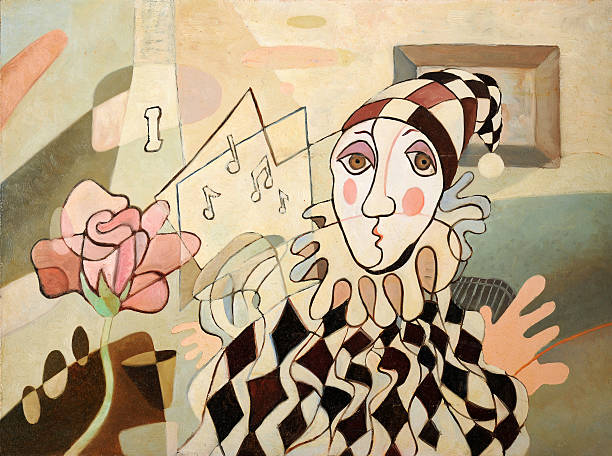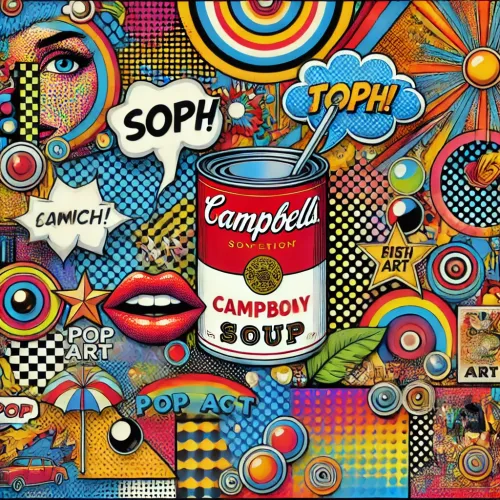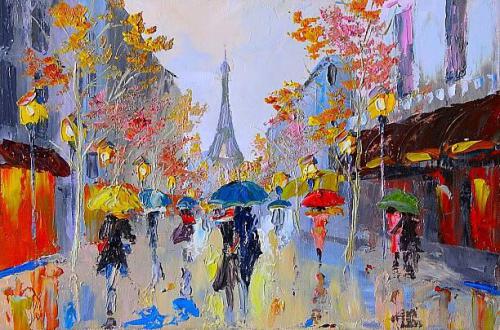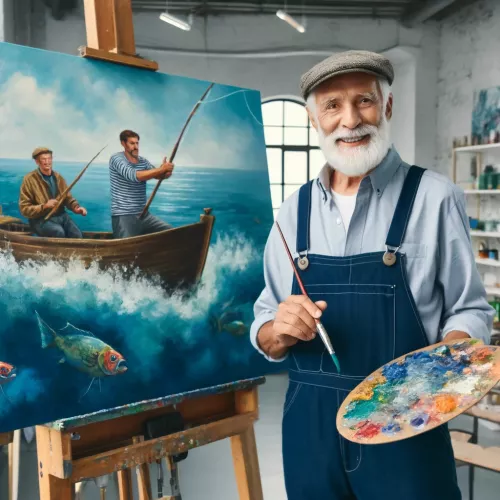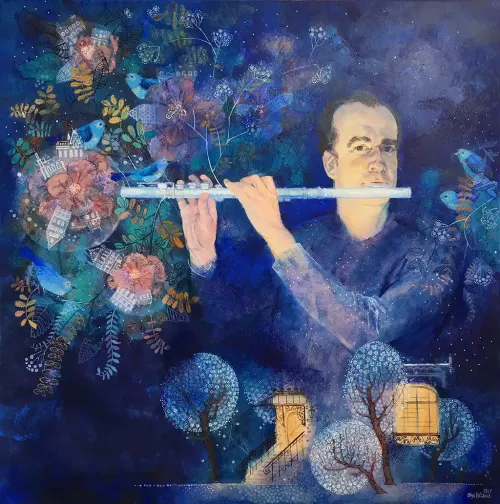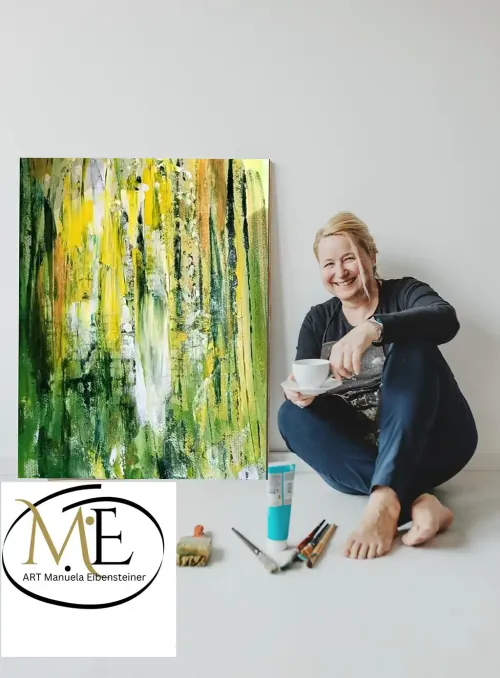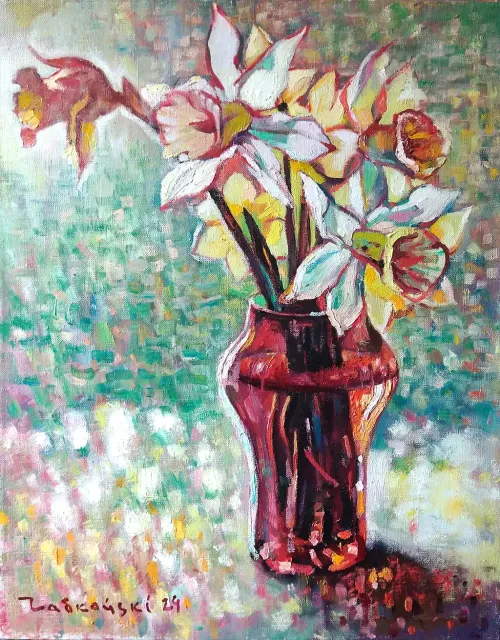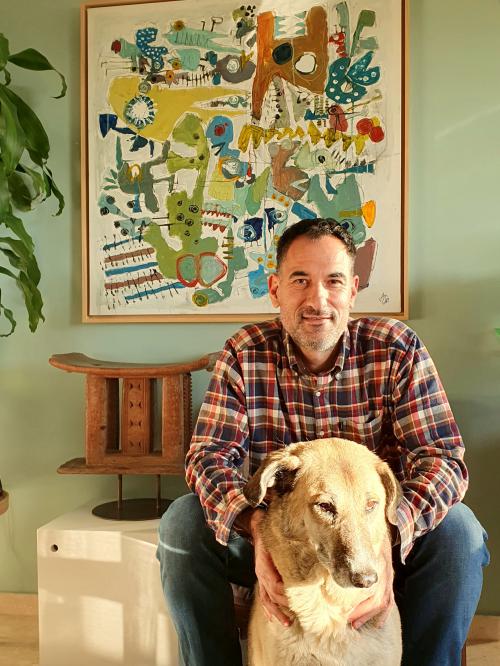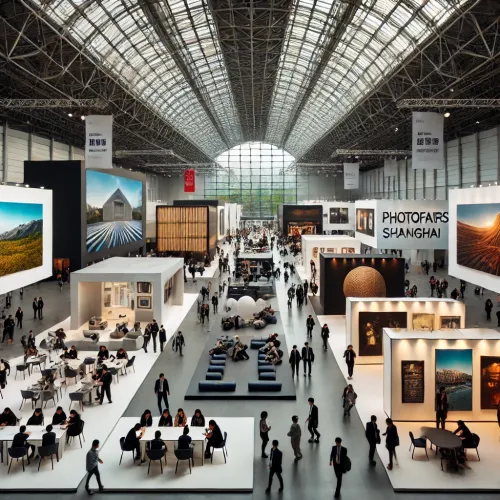The revolutionary world of Cubism artists
Decoding the Geometry of Expression- The Transformative Power of Cubist Art
Decoding the Geometry of Expression- The Transformative Power of Cubist Art
Meet the Movers and Shakers: Cubist Artists
Emerging in the early 1900s, Cubism radically challenged conventions of visual art through fractured subjects depicted from multiple angles simultaneously. Revolutionary artists Picasso and Braque pioneered early Analytic Cubism techniques reimagining reality via geometric planes. They reduced familiar forms to arranged cubes and cones stripped of detail that viewers mentally reconstructed. Followers expanded Cubist approaches applying brash colors, textures and new subjects during its peak over the next decade.
Provocative collages also entered blending various media. Cubism’s ethos and aesthetic permeate modern design today. But fame did not come instantly. Critics initially lampooned early shows. Yet forward-thinking collectors like Gertrude Stein soon sponsored the style. Cubism’s momentum solidified it as integral to Modern Art’s foundation still shaping contemporary visual culture.
What Makes a Portrait Cubist
In portraiture, Cubism artists aimed to capture the subject’s multifaceted essence rather than replicating precise physical features. Dramatically angular faces became commonly built by geometric solids, triangles and ovals. accountability Rather than smooth blends between forecasted tones, sudden shifts in contradictory colors or contradictory patterns visually jar. Compositions slice looser profiles across planes. Trademark techniques like reverse shading and outlines left visible push boundaries. In later Stylized Cubism, angular contours gave way to more rounded organic forms while retaining vivid palettes and compressed spaces. Subjects transcended pure portraiture as well to increasingly feature musicians, nudes, landscapes and still life seemingly fused.
A Deeper Dive into Cubist Self-Portraits
Intriguingly Cubist artists used self-portraits to pioneer some signature approaches. Picasso’s red-tinged 1906 Self Portrait sports the wide eyes common in his Rose Period while reducing facial features to flat muted planes preceded by simpler Cezanne. Braque’s grinning 1911 portrait exaggerates his facial proportions with almost cartoonish rectangles for eyes and chewing mouth. Gris took the first step by inserting mixed media via papier collé in his Cut-Outs self-portrait. Later Surrealists like Dali would dramatically expand composites in their trademark melting clocks. Even contemporary painters frequently embed Cubist elements into self-depictions through distorted proportions or visible brush lines emphasizing form over realism.
Cubism's Lasting Impact on Art and Culture
Cubism’s radical gathering and flattening of perspectives into one frame profoundly impacted wider 20th-century visual arts. Artists migrated concepts into Surrealism, Futurism and more. Its influence reshaped fields like fashion design, furniture building, and architecture through tessellating patterns and asymmetric balance. Cubist traces even resurge sometimes in today’s graphics, sculptures or multimedia works. Its liberation of the canvas and techniques from merely mirroring tangible reality opened doors to pioneering abstractionists. Audiences gradually became more comfortable with fragmented subjects demanding intellectual participation in meaning-making rather than passive viewing.
How to Understand and Appreciate Cubism
Cubism, a pioneering art movement that revolutionized the way we perceive and interpret visual art. At its core, Cubism challenges traditional perspectives by breaking down subjects into geometric shapes, fragments, and multiple viewpoints. Understanding and appreciating Cubism involves delving into its key principles and grasping its unique approach to representation.
Firstly, embracing Cubism requires a departure from conventional notions of realism. Instead of aiming to replicate reality accurately, Cubist artists like Pablo Picasso and Georges Braque sought to depict subjects from multiple angles simultaneously, creating fragmented compositions that offer diverse viewpoints within a single frame.
Secondly, appreciating Cubism entails acknowledging its emphasis on form, structure, and the interplay of shapes and planes. The movement highlights the underlying geometric forms within subjects, presenting them in an abstract and fragmented manner that challenges viewers to reconstruct the whole from its fragmented parts.
Appreciating Cubism requires an open mind and an appreciation for its departure from traditional representation. Engaging with Cubist artworks allows viewers to explore new visual perspectives, appreciate the complexity of form and space, and experience the dynamic and innovative spirit that defines this groundbreaking art movement.




























































































































































































































































